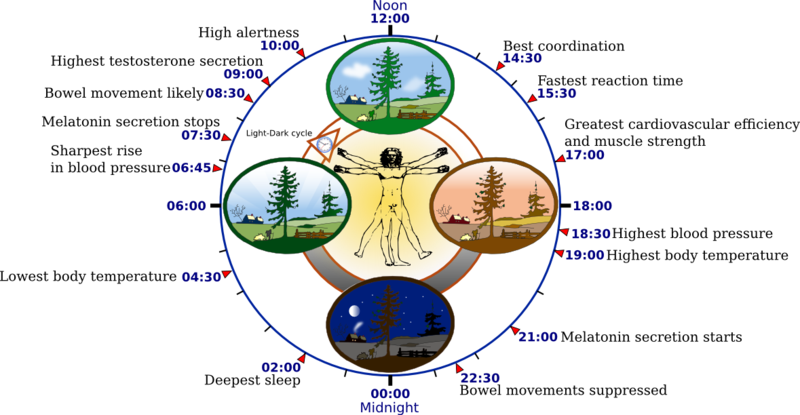How neuron electrical activity controls the biological clock
October 5, 2012
New York University biologists have discovered new ways our biological clock’s neurons use electrical activity to help control behavioral rhythms. The findings also point to new way to explore sleep disorders and related afflictions.
“This process helps explain how our biological clocks keep such amazingly good time,” said Justin Blau, an associate professor of biology at NYU and one of the study’s authors. The findings may offer new pathways for exploring treatments for sleep disorders, he said.
The research highlights the parts of our biological clock that “may be particularly responsive to treatment or changes at different times of the day.”
In a previous study, Blau and his colleagues found that rhythms in expression of a potassium channel (Ir) help link the biological clock to the activity of pacemaker neurons. But Ir does not function as a simple output of the clock — it also feeds back to regulate the core clock.
In exploring this mechanism, the researchers examined the biological, or circadian, clocks of Drosophila fruit flies, which are commonly used for research in this area. Earlier studies of “clock genes” in fruit flies allowed the identification of similarly functioning genes in humans.
By manipulating the neuronal activity of pacemaker neurons, the researchers showed that changes in the electrical activity of clock neurons produce major changes in the expression of circadian genes.
By increasing electrical activity in the evening, when clock neurons are normally fairly inactive, they created a circadian gene-expression profile more typically found in morning hours. In contrast, by diminishing electrical activity in the morning, gene expression was shifted to look more like it does in the evening. In other words, the electrical state of a clock neuron can dramatically affect circadian gene expression in clock neurons.
“What was striking about these results was the coordination between the firing of neurons and gene expression,” observed Blau. “This is one of the remarkable processes that helps keep clock neurons stay synchronized and run so accurately.”
To find the mechanism, Blau’s lab brought in the computational expertise of Gunsalus’ lab at NYU to identify regulatory DNA motifs in genes that respond to neuronal activity in clock neurons. One of these motifs binds the well-known set of factors that regulate gene expression in neurons involved in learning and memory.
